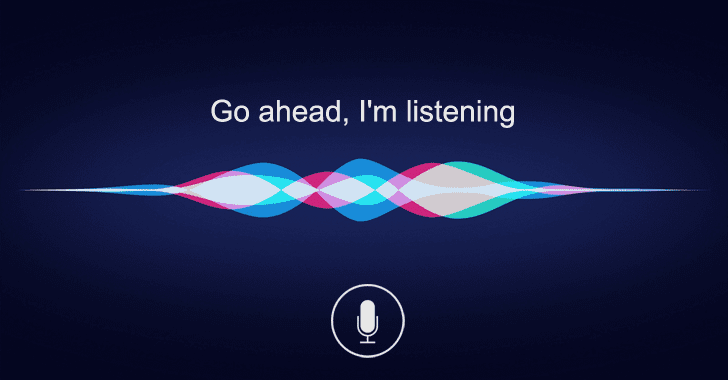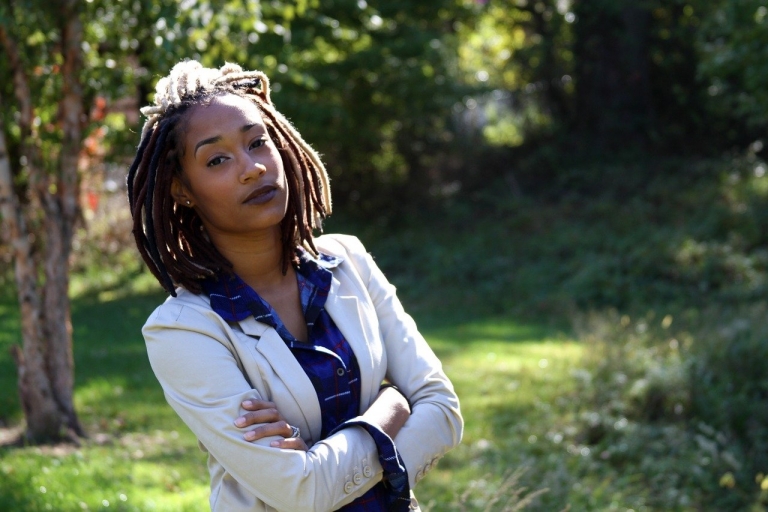
Discrimination and harassment in the workplace is no joke. While most forms of blatant discrimination are outlawed in the workforce, many people still face trials against them. Minorities such as people of color, LBTQ+ members, disabled, etc. face prejudice in their jobs. They should be able to be treated fairly like everyone else. Workplace harassment tends to fall on women. It can also fall on people of color as well. Laws against this help them become more confident in themselves and the ability to go to work without the fear of something bad happening.
Starting from the Civil Rights Act of 1964 (Title VII), people of all colors were able to work, attend school, and gather in public areas without fear of being punished. The law forbids employees from discriminating employees based on race or color. A law prohibiting this makes it easier for everyone to have the ability to obtain the same job. An employer cannot look at a person’s skin color and deny them a job because of their racist attitudes. Coming from an Indian family, ensuring that these laws are in place are crucial for us to make a better life for ourselves. If we were denied purely on racist motives or stereotypes, it would be a lot harder for us to make a living. If others can get a fair chance, why can’t we? People are not just discriminated against their race. Religion, sexual identity, pregnancy, age, disabilities, etc. have prevented people from getting equal opportunities. Under the Pregnancy Discrimination Act, employers cannot decide to not employ someone because of pregnancy, childbirth, or any other related conditions. Before anti-discrimination laws, people are color were far less likely to receive a job based solely on the color of their skin. During the Jim Crow era, black people and white people were segregated. They could not go to the same schools, drink from the same water fountain, go the to same doctor, or even eat at the front of a lunch counter! These were not just “the way things were”, they were actual laws that prohibited white people and colored people from interacting. The “separate but equal” ideology was in place. As long as each group had the same things, they were fine. They argued that both white kids and black kids had access to schools, but the black kids had severely disadvantaged circumstances. Their schools would be dilapidated while the white kids had new concrete schools.
Harassment in the workplace is also a very serious matter. Women tend to get harassed, especially sexually harassed. Sexual harassment ranges from unwanted sexual remarks and advances to rape. Minorities such as LGBTQ+ members may also get harassed. They can be called slurs that are hurtful to them and make them uncomfortable. Harassment create a hostile environment that no one wants to work in. Women should not be afraid to go to work because their co-worker will make sexual comments or advances towards her. In light of the MeToo Movement, many women have come out about being sexually assaulted. It started with Harvey Weinstein being exposed on his sexual abuse throughout his work in Hollywood. Actresses would come out and tell everyone about how big producers and directors would sexually assault them. Many of them were new in the business and it would be detrimental to their career to be blacklisted from major Hollywood businesses. As the MeToo Movement grew, so did its membership. Not only were Hollywood starlets coming out, but regular people were standing up as well. Women were standing up against their bosses, women were standing up for each other. They were all saying “You were assaulted? Me too” It gave a sense of community for everyone to get the strength to say that this is wrong. Consent is extremely significant for both parties to follow. Both men and women should agree on what will happen. There are even short films by adcouncil.org that show how harassment can happen any day at any time. These public service announcements were created to encourage women to report harassment in the workplace. It should not be tolerated in any shape, way, or form, and it can even inform men how their actions can make women or others feel uncomfortable.
The United States is becoming increasingly forward in workplace equality. While we are not fully on the platform of equality, we are setting an example for other countries as well. In some Middle Eastern countries, women are not allowed to go to school or may be forbidden to work or do “dangerous jobs”, which were reserved for men. Women face many prejudices, especially women of color or part of other groups. The Equal Pay Act ensures that women are to be payed the same amount as men for the same job. While that is the law, it is still part of a heated debate. The “glass ceiling” is something commonly referred to when speaking about a woman’s right to work and her pay. It is an invisible barrier that keeps women from advancing in their careers, while men surge on to bigger and better positions. On average, women receive eighty cents to every dollar a man makes. Things like having children, maternity leave, and much more affect women from getting promotions and higher positions. Men are more likely to get these positions because they have less “responsibilities” that may keep them from their job.
It is imperative that we keep these laws of discrimination and harassment in effect. It keeps opportunities equal to everyone. Otherwise, our society may collapse onto itself. These laws are also in effect to protect the dignity of people. They create less issues of injustice in society. Without these laws, what kind of humanity do we have? By abolishing these prejudices, we can elevate our society into a better place to live in.
Author: Brianna Seepersad from Broward College



